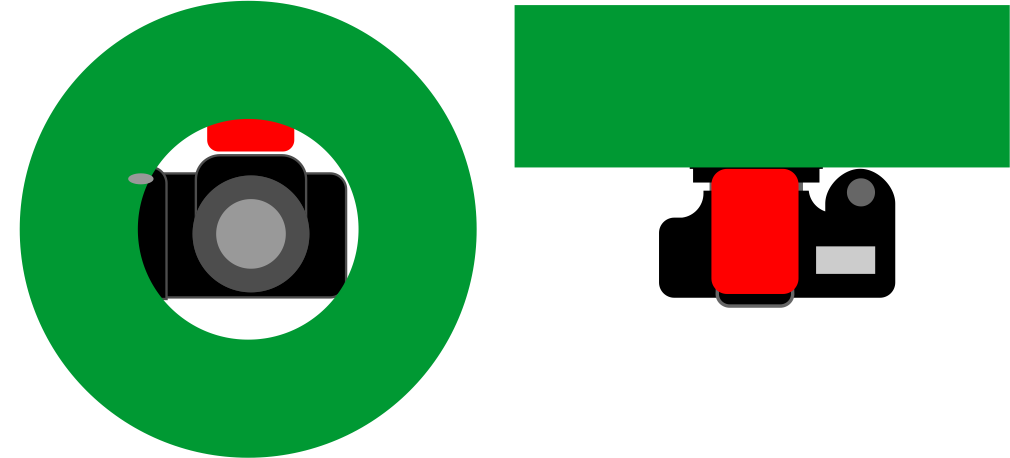I think this is one really cute question, so I want to help you a bit.
When you say she is a serious photographer, we need to define what that is. I will help you with some of the applications of ring light or ring flash.
1. Macro
The original intention of a ring flash was to take pictures of small objects, where you needed to get really close to it, therefore with another type of illumination, the lens itself would produce strong shadows.
Some applications were close-ups of let's say insects, flowers, coins, medical (like dental) forensics, etc.
So if she likes doing close-ups we can discard some methods of achieving a ring light.
2. Urban look
I do not remember when I first saw the application of a ring light flash for portraits; But as far as I can recall, the ring flash gives you what I call "Urban look". This is, a strong emphasis on the person being shot, with little care on the background.
It produces some interesting shadow halo if there is a wall behind the subject or simply gives a strong light to the main subject.
This is because the light will decay with a direct relationship with the object's distance from the lens. This does not occur with other light sources.
3. Catchlight and portrait
The previous point is more specific when you want to emphasize the catchlight, and some persons will use dark glasses, or have a very close up to see the catchlights on the eyes.
So. If you choose door number 1, you probably want a ring flash where the light device attaches to the lens and the power source is attached to the hot shoe of the camera connecting the light with a cord.
As the flash is attached to the lens you need the lens thread diameter, probably 52 or 58 mm. But most of them will have ring adapters for different diameters.
And it is also important to know the brand of the camera (canon in this case) because each brand has different pins to connect a flash if using a TTL mode. But there are also manual mode flashes.
The power is not so great because you are putting the light very close to your subject. They are small and does not "intimidate" your subject.
A. A LED-based lens will be a good option.

Behind door number 2, there are some options.
B. There are some odd-looking softboxes where all the box is held by the lens, and you put a normal speed light inside it. These are camera independent because you can use any lens or any camera brand. The softbox will not fire a flash, it will only defuse the light of a currently owned flash.
The main goal is not the catchlight that can be nonuniform, but the diffuse light. They do not work for macro because they are bulky and blocks the view to the subject.

C. There are some other more powerful dedicated ring flashes, where you actually have a humungous flash tube. So the light power is heck a log greater than option A and B. If you are using it too close to the person you can hurt the eyes.
D. Behind door number 3 you could use a ring light independent of the camera. This is continuous light, and you simply sneak pick behind it and shoot.
They are also LED-based, but they are wider in diameter so the catchlight is more notorious. Not so powerful that can be next to the person and gives time to the pupils to close.

So... Choose a door to narrow your search.
P.S. Either of those can be for a serious photographer, but the options are a bit specific to the objective.
In the case of the softboxes, there are different brands. A more serious one can be for example that it has solid construction and produces a really cylindrical shape, where an amateur one can be a cheap copy that feels wobbly for example.
Play a game and identify the types of ring lights:
https://www.google.com/search?rlz=1C1GKLA_enMX664MX664&tbm=isch&q=ring+flash&spell=1&sa=X&ved=0ahUKEwionfmFl6zjAhWYAZ0JHU7JAb4QBQiMASgA&biw=2048&bih=806&dpr=1.25
But, I agree with some of the comments. This kind of specific gadgets... probably it is better to go with her to a shop. But you now have a better idea I hope.




